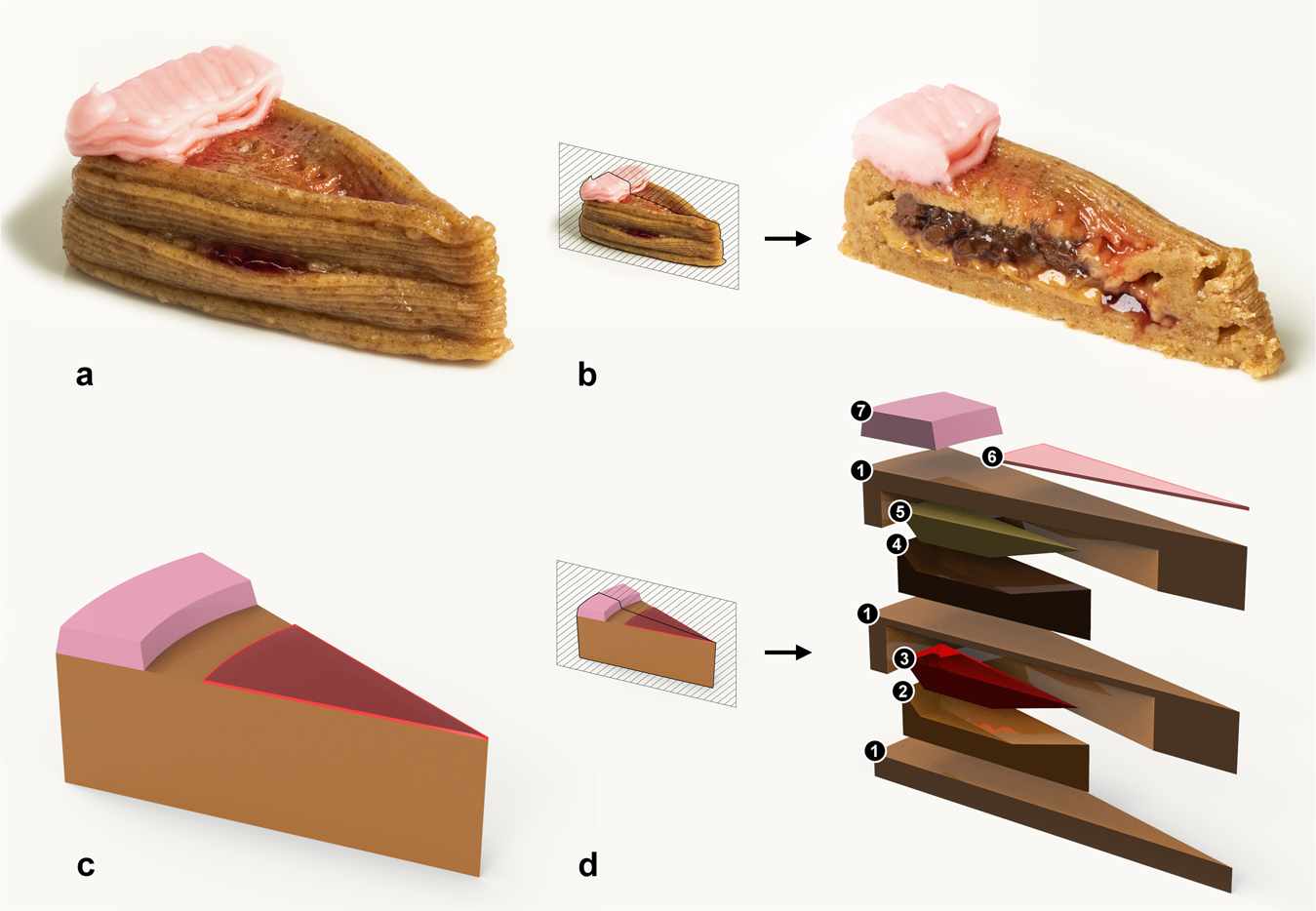
The age-old art of baking is taking a futuristic turn as researchers at Columbia University have created a fully baked, seven-layer vegan cheesecake using 3D-printing technology.

This innovative experiment used a 3D-printing machine, combined with laser technology, to assemble and cook a seven-ingredient cheesecake entirely in a laboratory. The scientists believe that this new technology could have practical uses in mechanically assembled food.
The 3D–printing machine used in this experiment can take up to 18 ingredients and print and bake them simultaneously, making it possible to create food in a highly precise way. The researchers also experimented with adding various flavors to the cheesecake, such as cherry, banana, peanut butter and hazelnut spread, which gave it a unique flavor experience.
But how does it actually taste? Study coauthor Dr. Jonathan Blutinger likened the experience to Willy Wonka’s three-course dinner chewing gum — you know, the one that tastes like soup, then roast beef and finally a blueberry dessert that turns Violet Beauregarde purple. Blutinger said the team’s 3D-printed food has similar flashes of flavor.
“You get these waves hitting your palate at different times,” he said. “And that’s a really cool part of the printing process that you can actually localize flavors in the cheesecake.”

The goal with this technology is ultimately to create customized desserts that are tailored to an individual‘s tastes. For example, you could create a slice of cake with a different flavor combination in each section.
While the technology for 3D-printed food has been around for some time, what makes this experiment truly remarkable is the use of lasers to cook the food as it prints. The lasers provide a crucial source of heat that prompts a phase change from paste to solid, which is critical to traditional baking.
And while the concept of 3D-printed food may be off-putting to some, with the term “printing” usually associated with industrial processes. But Blutinger assures “this is no different than cooking normally except instead of chopping the ingredients up and everything like that, the machine is basically just assembling it in paste form.”























